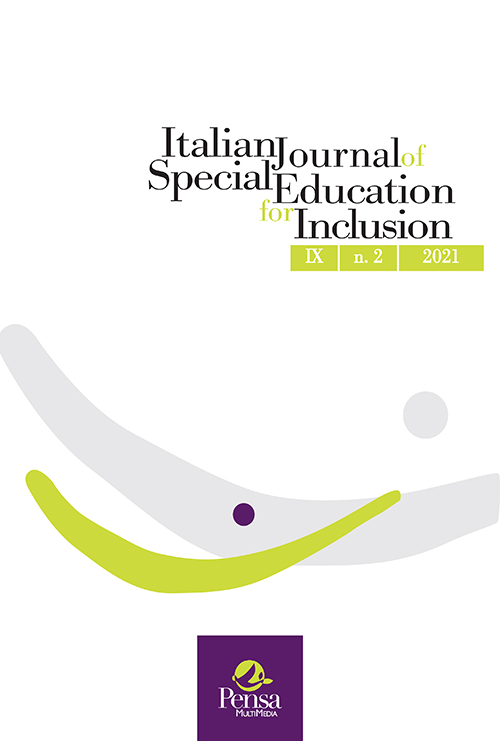The Museum as a vector of inclusion and participation: accessibility in the Archaeological Museum of Taranto
DOI:
https://doi.org/10.7346/sipes-02-2021-09Abstract
The paper presents the results of the research conducted by the working group of the Center of New Technologies for Inclusion (Cnthi) of the University of Salento at the Archaeological Museum of Taranto (MArTa), within the project “Ac‐cessibility and Inclusion: action‐research for the MArTA”. The research design focused on the analysis of user needs and planning of strategic interventions. Through the administration of a questionnaire it was possible to map the complexity of the needs of visitors to the National Archaeological Museum of Taranto. In a second time through a swot analysis, itwas possible to identify improvement interventions concerning the removal of cognitive, sensory, physical and communi‐cative barriers that hinder the use of the artistic heritage. What underlies the identification of solutions is a for all ap‐proach: starting from special needs, the aim is to implement inclusive actions that reach extensively all visitors withoutrequiring "special" solutions or adjustments. Consistent with the design model of inclusion, the aim is to guarantee themuseum experience to all audiences. For this reason, a mainly qualitative analysis has been developed that is able toevaluate the important dimensions, proposed by the Index for Inclusion (Booth and Ainscow, 2011), linking them to ac‐cessible museology: creating inclusive cultures, creating inclusive policies and implementing inclusive practices. Theresults of the survey led to the preparation of adaptation measures for museum access and into lines of graphic designof the installations.


